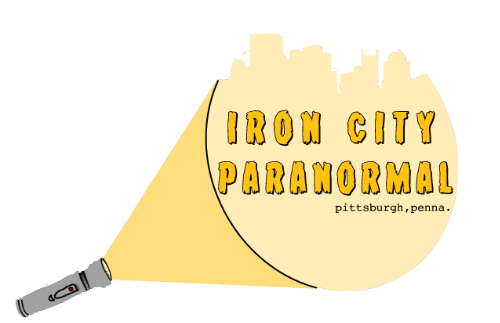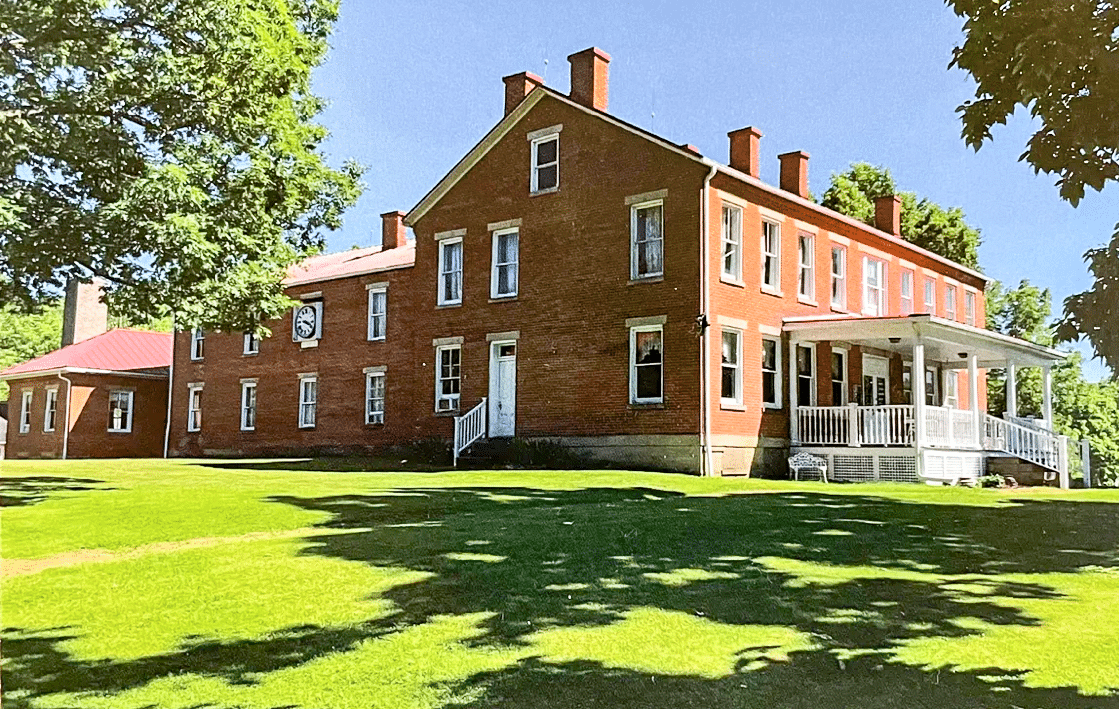Greene County Historical Society
918 Rolling Meadows Road
Waynesburg, PA 15370
This beautiful museum helps encapsulate the local history and the true meaning of what it took to settle and live in Greene County. However, this emotionally powerful building was once a home to a quite eclectic population of residents and span of reputation in its own right stemming from a farmhouse which turned into a poor farm, and ranged up to an iteration of an elderly residence. Ever since its closure, the county’s historical society has dedicated the building’s existence to the preservation of history through items from the daily life displays to the ornate time period exhibits of parlor rooms, bedrooms, poorhouse cells, chapel, and even a period based cabin. Overall, the building is history alone but to have this amount of history physically preserved speaks volumes regarding the historical society and their love and care for the community which they are so passionate about.
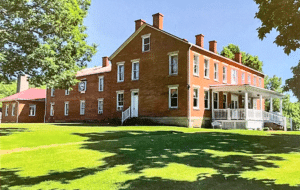
The Past
This original structure was a simple brick farmhouse constructed in 1857 for the land owners; the Rhinehart family. Stylized by the popular for the time period of Georgian Revival , the farmhouse sat on the center of the property and acted as a home residence for the family’s farm.
In 1861 when the Civil War struck the nation, the Rhinehart family sold the land and building to Robinson Downey who in turn sold the parcel to Greene County. State legislature, passed right before the war struck, made every county establish living quarters and sanctuary for the poor residents and what they considered indignant at the time. Because of this law, the county was forced to re-design the home and property into their poor house as per requirements, thus the Greene County Home (or Almshouse or Poor Farm) was born. With this, there was an initial expansion of a two story wing constructed to house anywhere between forty to fifty inmates in resident rooms and a large kitchen. Following this addition, the original Rhinehart house was used as a residence for the head officiant and their family.
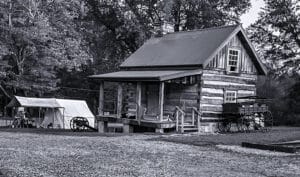
During this initial period of the Greene County Home’s existence and lasting 23 years up until 1884, the function of this poor farm exceeded its original expectation of the poor and incompetent to the insane including criminally insane. By this point, the Dixmont State Hospital was fully functional and those deemed insane were transferred to this more secure and appropriate location.
As was the norm for state run facilities in those times, the poor house saw serious overcrowding issues and even inhumane conditions. With this, the facility gained an unfortunate reputation for these conditions and the county attempted to remedy this by adding on a full three story West Wing in 1886. Every floor was built to facilitate twelve residential suites, each complete with a full bathroom.
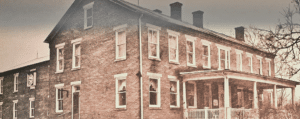
Even with this addition of 36 additional rooms, the building once again became overcrowded and deemed unhealthy which led to the final addition in 1890 with large kitchens and attached bakery and preparation area behind the house in order to renovate the interior areas to accompany even more inmates, as they became known, and housing up to 6,000 of them throughout its lifespan.
As time moved on and left this type of building and occupation lesser known and more or less unused, the mid-1900’s (true date unknown) the county transitioned this facility into an elderly home rather than a poor farm. With this occupational transformation, the building took on a new, less ominous name of Green Hills Farm. The building was in operation serving these older and indignant residences up until 1969 when the building was deemed unfit to operate safely so those who remained here were moved into a new facility across the street; Curry Home.
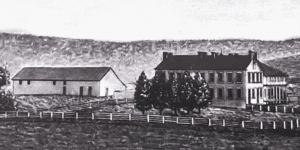
The same year, the Greene County Historical Society had grown and was looking for an upgrade from their former home of the Long Building. Originally the historical society was set to construct a new building but those plans ultimately fell by the wayside. The newly unoccupied Green Hills Farm was perfect timing, almost as if fate had been set. The county was approached by the historical society to utilize the former poor farm as a new site for the society to operate, beginning with the creation of a library in 1970. As the location attracted more guests, the historical society began to feel like a true piece of history had been made as they allowed themselves to go down in time as the owners who saved the beautiful old architecture and historical value of it and their growing artifact collection. Renovations continued and in 1971, the main museum was opened to the public.
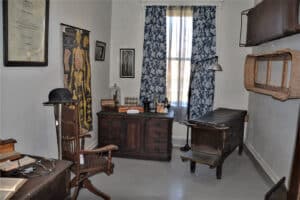
What is owned and operated today is the ever expanding (and currently nearly 30,000 pieces) artifact collection, from over 13,000 years ago up to present day, of the Greene County Historical Society located inside the 52 room main museum as well as the outer buildings and even the grounds have been utilized to help build this fascinating collection. Inside the museum are historically accurate bedrooms dating from the original settlers up until the 19th century. The Victorian era Parlor Rooms are a main attraction and have salvaged hand crafted artifacts which were dated to this particular time frame in Greene County. Throughout the building a combination of both World War I and World War II historical pieces are featured including everything up to an old machine gun. Another step back in time shows off the impressive jumps in time and knowledge in the Doctor’s Office which shows the advancement of medical tools, medications, and equipment. The Basement features cells which truly show the horrible conditions inmates lived in long ago and attracts those from all walks of life to pay their respects to those who have passed away in a more realistic and understanding fashion. The outer buildings showcase the library in the former boiler house, two renovated log cabins, the smokehouse, an old fashioned saw mill, and even a railway housing for the Engine No.4 of Waynesburg & Washington RR. The Chapel resides on the grounds and features period appropriate altars, pews, and a stained glass window replica. The Print Shop also shows off an impressive leap through time housing old yet still functioning printing press equipment. The Barn is also original to the grounds and situated on the property, originally built out of durable and seemingly everlasting hand-hewn logs and intricate mortise and tenon joint style construction.
Paranormal Experiences
The sheer size of this building can be overwhelming to some visitors, but being combined with the artifacts, some actually excavated and donated from the buildings’ most occupied days of the poor farm seems to bring a certain electricity encapsulating the building. Many who visit simply step on the property with a sensation of stepping back in time, which can be a great historical learning tool, but others who visit feel a physical incarnation of this whirlwind of energy surrounding them even in this first moment.
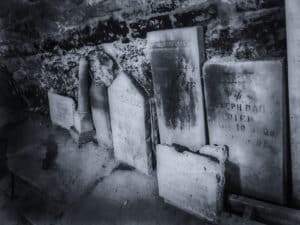
Visitors aren’t the only ones to report these strange emotions. Volunteers and staff have long laid claim that there is something just not right about some things, leaving them as clearly unexplainable. Footsteps and banging noises have been heard echoing out of rooms, down halls, and has even occurred on locked up rooms and even floors. Certain smells have been said to linger in the empty building, just that awfully reminiscent of a sterile hospital has been reported by many of these volunteers and particularly those who can pinpoint this scent from former medical occupations. Beyond these sensations, one seems to stand above them all and that’s the shadow figure which is said to be seen from time to time in some of the inmate rooms as well as wandering about the hallways as if without purpose.
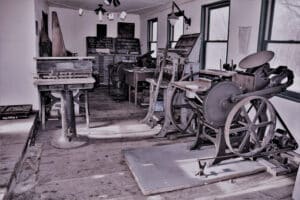
Even though not just one reason seems to stand out for the aforementioned phenomena, there has been a plethora of tragedy tied to the former poor house. Specifically, early on in the poor farm’s existence there was a massive amount of violence sometimes even leading to death. The melting pot of insanity with mentally handicapped and criminals with the elderly all led to horrible conclusions for both the victim and the offender. The offenders of any level of crime on the grounds were typically punished by being chained to the walls in the basement and left there for days at a time. Even though this was a horrific and inhumane punishment, some of these inmates actually committed crimes to get away from the overcrowding and be locked up on their own in the basement.

With all of these frightening actions and on-going altercations, there can be no surprise that the majority of these incidents left scars on the building and those which these actions directly affected. As is stated to be a typical explanation of hauntings, these tragic events can no doubt be tied to the paranormal accounts said occurring here. No names have been recorded but the appearances of these anomalies in the inmate rooms and hallways leads many to believe this is a direct link to these lost souls who died in such terrible circumstances and lived in these horrendous conditions.
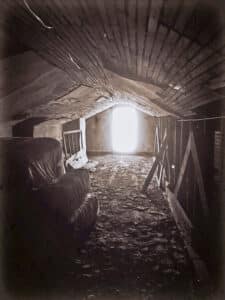
What did you think?
Drop a comment below.
